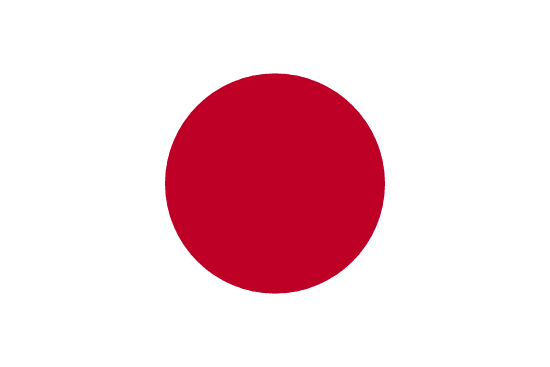"厳島神社へようこそ | Welcome to Itsukushima Shrine"
Note: Hatsukaichi is best known for the Itsukushima Shrine, a UNESCO World Heritage Site, and the city doesn't have a known slogan. This phrase is often used to welcome visitors to the city's most famous landmark.
About:
Hatsukaichi is a city in Hiroshima Prefecture, Japan, founded on April 1, 1951. The city's history is closely tied to the Itsukushima Shrine, a UNESCO World Heritage site. In 2005, Hatsukaichi expanded by absorbing the towns of Saeki and Miyajima. Despite modern development, the city retains historical elements, including traditional machiya houses and the Miyajima Ropeway, offering a glimpse into its past. Today, Hatsukaichi continues to be a significant tourist destination, largely due to the Itsukushima Shrine.
When to visit:
Hatsukaichi, a charming city located in Hiroshima Prefecture, Japan, is a popular tourist destination known for its iconic Itsukushima Shrine and the stunning floating torii gate. To experience the best weather and avoid the crowds, it is recommended to visit Hatsukaichi during the spring months of March to May or in the autumn months of September to November. During these times, the weather is mild and pleasant, making it ideal for exploring the city's cultural attractions and enjoying the scenic beauty of the surrounding area. Additionally, visiting during these shoulder seasons allows for a more relaxed and immersive experience of Hatsukaichi's rich history and natural wonders.
When to avoid:
Hatsukaichi, a picturesque city in Japan known for its iconic Itsukushima Shrine, experiences its most challenging travel conditions during the Obon holiday in August. The Obon holiday is a time when many Japanese people travel to their hometowns to honor their ancestors, resulting in crowded transportation and accommodations in Hatsukaichi. Due to the high demand, prices for hotels and other services may be inflated during this period, making it less favorable for budget-conscious travelers. To avoid the crowds and higher costs, it is recommended to plan your visit to Hatsukaichi during a different time of year.
Winter (Dec-Feb)
In Hatsukaichi, Japan, the wettest season is June to July, during the Tsuyu (rainy season). Temperatures range from 20-28°C (68-82°F). The city experiences heavy rainfall, with frequent cloud cover, reducing sunlight hours. An average day for a visitor might involve navigating through intermittent showers with high humidity. Despite the rain, the lush greenery and misty landscapes provide a unique charm. Indoor attractions like the Itsukushima Shrine offer respite from the rain. Pack a raincoat and umbrella for outdoor explorations.
Summer (July-September)
Hatsukaichi, Japan experiences its warmest part of the year from June to September, with July and August being the peak of the heat. During this period, the average high temperature ranges from 28°C to 31°C (82°F to 88°F), while the average low temperature falls between 22°C to 24°C (72°F to 75°F).
Rainfall is relatively high in these months due to the East Asian Monsoon season, with June being the wettest month. Expect an average rainfall of around 200-300mm per month. Despite the rain, there's a fair amount of sunlight, with an average of 5-6 hours per day.
Humidity levels are quite high during this period, often exceeding 80%, which can make the heat feel more intense. As for cloudiness, the sky tends to be partly cloudy, with more clear days as the season progresses.
For a visitor, a typical day during this season feels hot and humid. The mornings usually start warm and can become quite hot in the afternoons. The high humidity might make the heat feel oppressive, especially during the peak hours of the day. Rain showers or thunderstorms are common, often occurring in the afternoon or evening, providing some relief from the heat. Despite this, there's still plenty of sunshine to enjoy outdoor activities. It's recommended to stay hydrated, wear light clothing, and carry an umbrella or raincoat.
Language:
In Hatsukaichi, Japan, the most commonly spoken language is Japanese. This is the official and primary language of the country. English may also be spoken by some, especially in areas frequented by tourists, but it is not as widespread.




